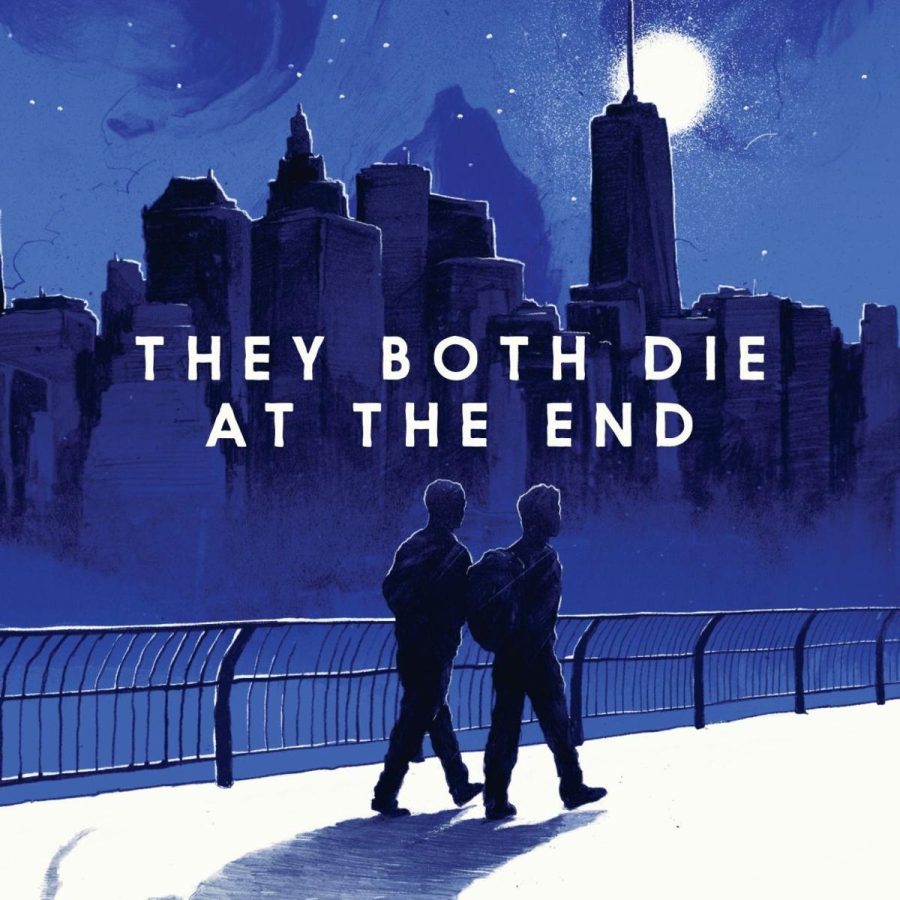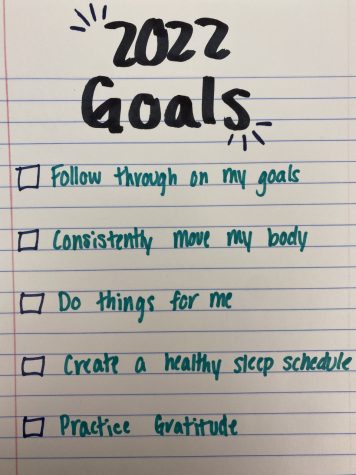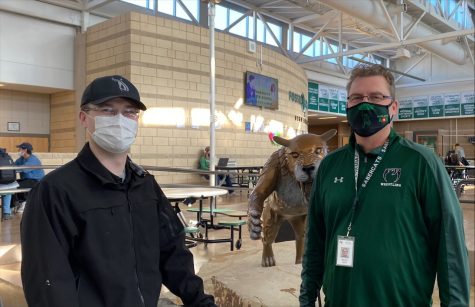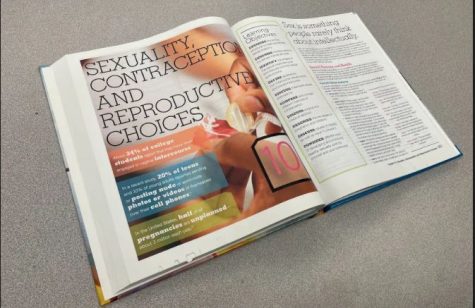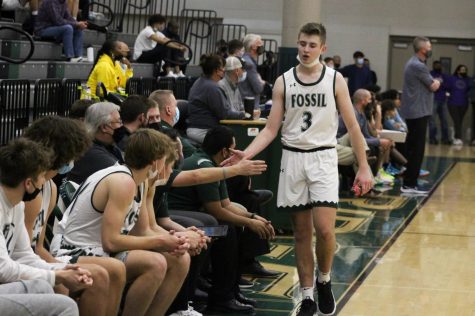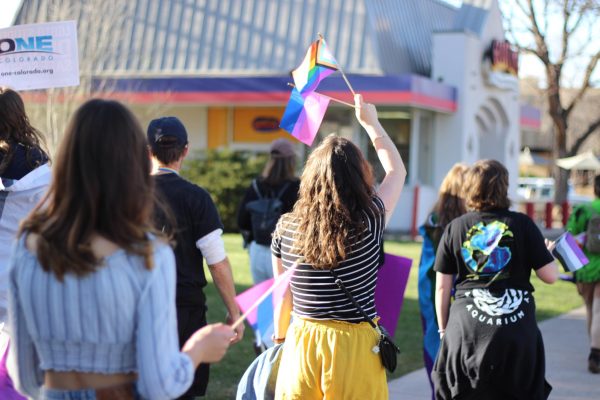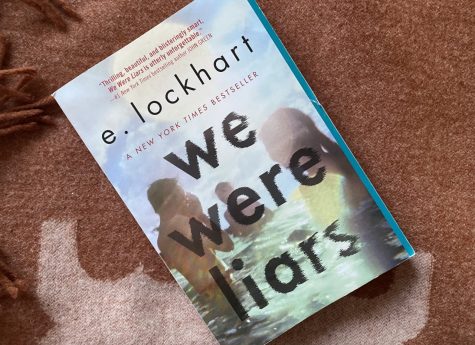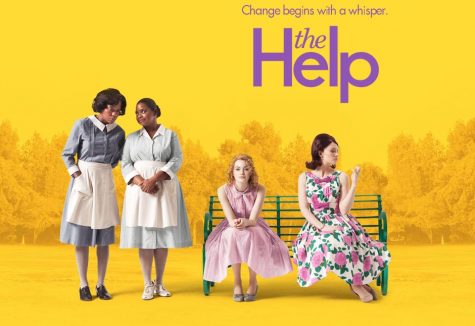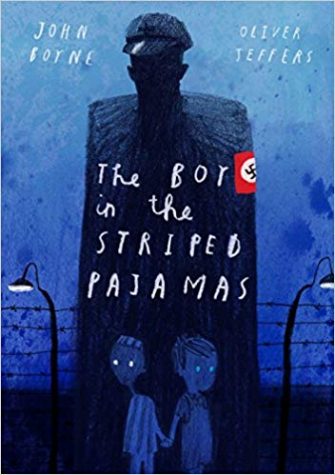They Both Die at the End: Is it worth all the hype?
Summary
They Both Die at the End by Adam Silvera follows the story of Mateo, a teenage boy living in New York who receives a call at midnight telling him that he will die sometime in the next 24 hours. With little family left to support him, Mateo downloads an app to meet other people who also received the call, where he meets Rufus. Polar opposites Rufus and Mateo decide to spend their last day together doing a series of different things, VR skydiving, visiting friends, and doing karaoke. Until they, as the title gives away, die at the end. Released in 2017, the book was a huge success, quickly becoming a New York Times Best Seller, and continues to be talked about now 4 years later. But is it truly worth all the hype?
What’s good?
The use of split perspectives provides refreshing and exciting narration throughout the book. Silveria makes the choice to switch from multiple perspectives, including both Mateo and Rufus, their friends, and other people who have or have not received the call. The split perspectives are effective in portraying that death affects everyone and that everyone reacts differently to death.
The book develops an important (though a little cliché) message to readers to live life to its fullest, because we never know when it will end. Silvera dedicates the book “For those who need a reminder to make every day count”. The message of taking advantage of opportunities is heavily emphasized throughout the book. Specifically with Mateo’s character, who finds himself coming out of his shell as his final day progresses.
This message enforces readers to reflect on their own life. How do I take advantage of my opportunities? What would I do on my last day? What are the things in my life that truly matter? Who would matter the most to me in my final moments? These questions make the readers think about the value of their life.
What could be better?
I did not enjoy the diction of this book. I think that the way it’s narrated makes it very apparent that the author is a millennial from the use of corny slang. I found myself cringing at a lot of the phrases and terminology used because it often felt out of place and outdated.
The book also takes a while to get into. I found myself wanting to give up on reading it multiple times. The exposition lacks excitement and builds too heavily on information that isn’t relevant. There is a huge chunk in the middle of the book that feels unnecessary and boring, and feels like it’s included just to maintain the 24 hour structure that the book goes through. However, when the plot starts to pick up towards the end, it becomes a much easier and quicker read.
This book is targeted for teens, ranging from ages 13-17. Even though it introduces an important message for a relatively young audience, the message lacks complexity, and feels too easy and overused for this age range. Mature themes are spoken about in this book, which doesn’t make this book accessible for kids. I think that since this book is targeted towards teens, it could introduce more complexity in its theme and language.
Verdict:
Overall, I would give this book 3.5/5 stars. The reason this book became so popular these past years is because of its unique title, not many books have a title that spoils its ending. However after reading it, it doesn’t seem to live up to all its fame.
Your donation will support the student journalists of Fossil Ridge High School. Your contribution will allow us to purchase equipment and cover our annual website hosting costs.

Bruna Horvath, a senior, is starting her first year in Etched in Stone. By joining, she hopes to prove to herself that it is never too late to pursue new interests. Though it is her first year in journalism, Horvath has loved to read and write for the entirety of her existence. Some major goals she has...



